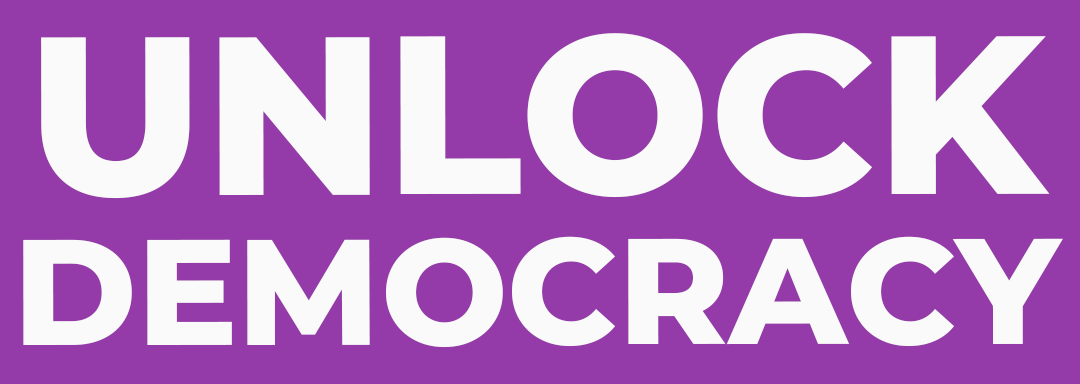Catalonian independence: how did they get there? (part two)
On the 10th October Catalonia’s President, Carles Puigdemont, declared independence for the region, only to suspend it seconds later in order to negotiate with the Spanish government. This has caused mixed reactions in Catalonia, Spain, and the international community.
This is part one of a two part blog series by our intern Zahia. She explains her personal experience of the unconstitutional referendum that took place on the 1st October, and what is going on with the process of independence in Catalonia.
You can read part one here.
Spain’s transition to democracy
The Catalonian issue became international as images of indiscriminate police brutality towards peaceful voters appeared. However, the political problem of Spanish territorial organisation is one of the oldest challenges of Spanish democracy. As early as 1934, Lluis Companys, Catalan president was imprisoned by the the Spanish Republic for declaring the Catalonian Republic, only to be executed by the Gestapo in 1940. During the Franco era, any other nationalities than the Spanish one were strictly forbidden, meaning that their institutions, laws and language were banned.
The Spanish transition to democracy was far from perfect, heavily influenced by the military (controlled by supporters of Franco) threatening a coup. Their written constitution was created behind close doors. Thanks to the influence of the military, the aforementioned article 2 of the Spanish constitution declaring the “indissoluble unity of the Spanish Nation” was written, alongside the imposition of a King selected as a successor by Franco. The territorial settlement product of the constitution left Catalonians unsatisfied, and seeded the challenge now faced.
The people of Spain did not have a say in the constitution, either they ratified the proposed one or the status quo was maintained. The lack of input of citizens and the heavy influence from francoists resulted in a written constitution extremely hard to modify, accepting a judiciary that was not purged of francoist officials and a heavily politicised Constitutional Court.
All those factors have contributed to the moment in which the Catalonian issue is now. The Spanish government, led by the Popular Party, decided to use the judicial mechanisms instead of trying to get a political solution to what has been a historical problem of Spain. This led to more than 900 mayors facing Court, newspaper headquarters facing police raids and ultimately more than 900 people injured trying to protect polling stations on election day.
A question of legitimacy
The legitimacy of a constitution written by people with no accountability might be questioned, nonetheless the majority of people voted for it, and this has been a source of legitimacy for more than 30 years. Nowadays, just 20% of the population that ratified that constitution are alive and younger generations have been calling for reform, as can be seen with the rise of Podemos that has in their political programme a call for a Constitutional Convention.
Whilst what happens now is an issue for the Spanish and Catalan governments to tackle, the appalling images of violence exercised against peaceful people should not be seen again. A written and codified constitution is a fantastic mechanism for setting proper checks and balances in a country. However, people should have a say in what it says. On 10th October, Catalonian president Mr. Carles Puigdemont declared independence only for suspending it seconds after in order to achieve negotiations with the Spanish government. This has caused mixed reactions in Catalonia, Spain and the international community. However, this opens a window of hope in order to achieve a political solution for a long-term issue and some political parties are renewing their calls to reforming the Spanish constitution in order to make possible a legal referendum with all democratic guarantees.
A written constitution for the UK
The Catalonian issue teaches us a very important lesson: a constitution that is written without the input of its citizens can lead to long-term problems being unresolved. Having a democracy that works for everyone can be achieved through a Constitutional Convention, in which the people are able to set clear limits on the government’s power, and codify what rights and freedoms all should be entitled to.
What’s clearer than ever is how broken the UK’s democracy is, and now is the time to tell our MPs that we want change for the better.

